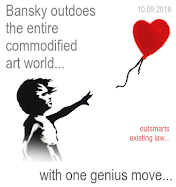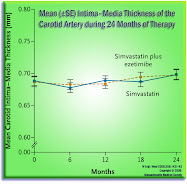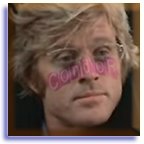Remember, she was (arguably, at least) one of the nine most powerful lawyers on the planet, at the height of her estimable gravitas -- and yet chose to spend her husband's last days with him, primarily as his care-giver, and companion, in Arizona.
For those unaware of her judicial legacy, this link may serve as a nice thumbnail. I disagreed with many of her published opinions, but I did find that her writings, after she left the court, were helpful in illuminating her reasoning. And in particular, her thinking on the Michigan affirmative action cases now makes a little more sense to me.
Let us next hear from the ever-cogent Dahlia Lithwick -- in an earlier SCOTUSblog.com forum on Justice O'Connor's legacy -- as compared to the one Justice Kennedy is still writing for himself:
. . .It seems to me that the difference between Sandra Day O’Connor and Anthony Kennedy as swing voters comes down to two principal questions: how they swung; and on what issues.
O’Connor was unpredictable, certainly, but one always had the sense that her objective was to fix a specific problem; to stake out a middle place, a central position, that would bring together the court’s more extreme visions around her own moderating solution. Even when her proposed tests in religion, affirmative action, and abortion cases felt forced and slightly random to her critics, she was groping for the workable fix. Kennedy similarly finds that middle ground, but his purpose seems to be less to fix things than to lay markers for future cases. Kennedy uses his swing vote to make fierce and high minded pronouncements on fairness and justice and freedom. O’Connor used hers to try to get the trains back on schedule.
O’Connor was also inclined to swing left more often and on more issues, she just did it in a smaller way. She was the crucial fifth vote with the court’s liberals on campaign finance, abortion, religion, and affirmative action. In fact court watchers always marvelled at the ways in which O’Connor’s swing votes tracked public opinion. She somehow voted the polls, at least on hot-button issues. Kennedy is harder to predict and harder to track. Yet it was Kennedy who voted with the court’s liberals on a major gay-rights case and Kennedy who voted with the left to do away with the death penalty for juveniles and the mentally retarded. It’s also Kennedy that does so with an eye to foreign law and what the rest of the world is thinking. That’s why it was Kennedy who was deemed by conservatives “the most dangerous man in America” and targeted for impeachment. Studies show that O’Connor listed leftward on gender and family issues where Kennedy tilts right. Yet Kennedy will vote with the liberals on physician assisted suicide, gay rights, prison overcrowding (“dignity” issues). O’Connor just wanted things to make sense, at least for the one case before her. Kennedy wants things to be just, at least for the rest of human history. . . .
That rings true to my ear. So today, as I sign off -- I'll simply salute her -- as a trailblazer in the same way Hillary Clinton is, this election cycle -- the first, in what we hope will be a long line of many more.
Here's to Sandra Day O'Connor.
[I am wondering whether Merck will ever do anything truly news-worthy in the month of September, now.] Smile.
नमस्ते

















No comments:
Post a Comment